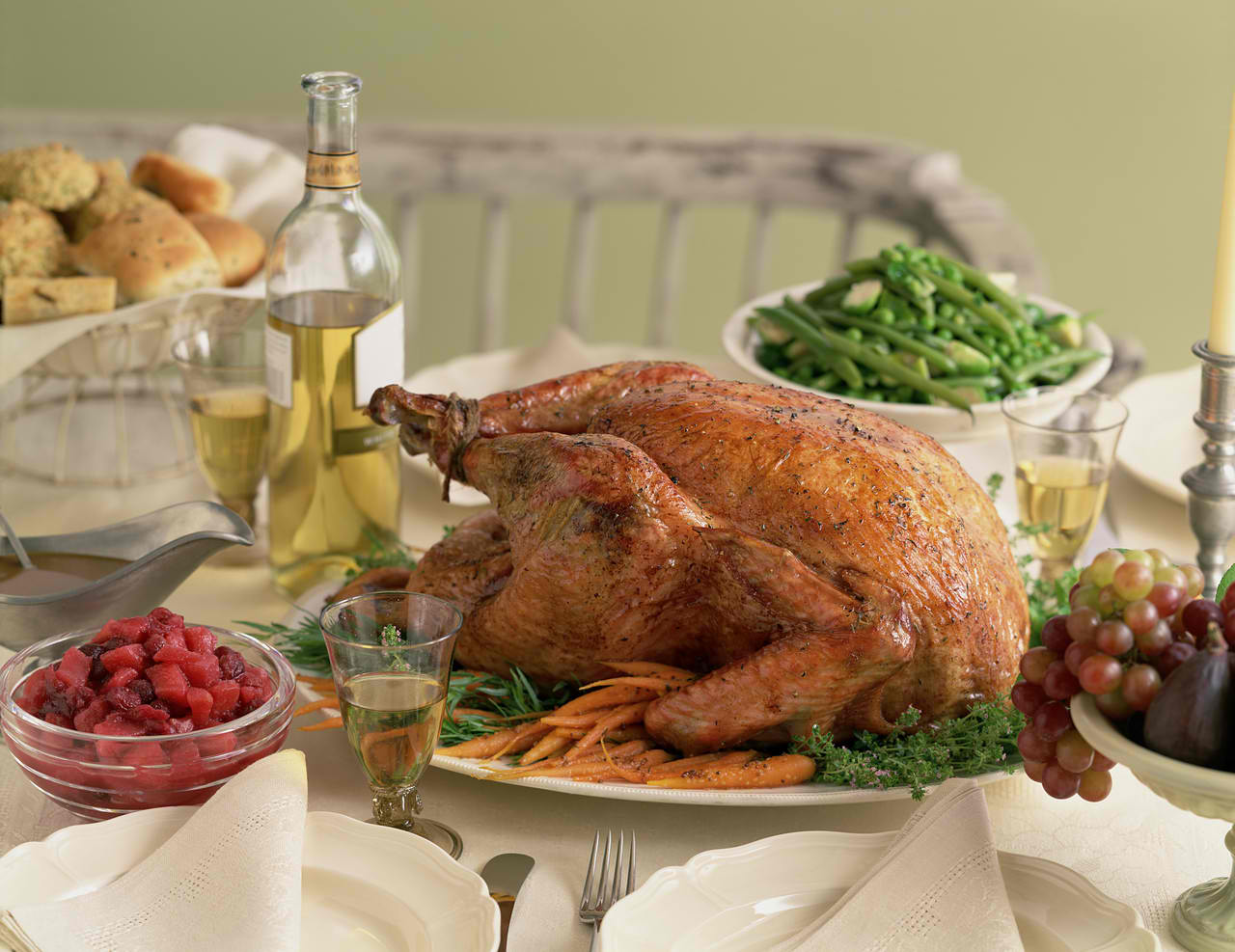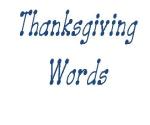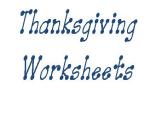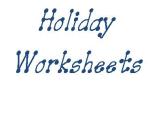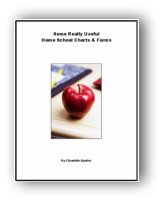The History of Thanksgiving Simplified
Teach your children the history of Thanksgiving and discuss the cultural traditions that continue today.
Research the Internet
When you research the origin of the celebration we call Thanksgiving Day, there will be a lot of information about the Pilgrims, Native Americans, and the history of Thanksgiving. There is also some controversy as to which group (the Native Americans or the Pilgrims) was actually the more advanced group and how they interacted with each other.
Any time there is controversy of this sort, it is always best to find original documents that tell the history of Thanksgiving completely without bias, if possible.
Since I have not come across any such document, I would encourage you to thoroughly research both sides of the arguments and see how many similarities and how many differences you can find among these accounts.
Historical Facts
According to the most prevailing historical information, we have a picture of groups of people sailing to America in search of religious freedom. They traveled a treacherous journey by a ship named The Mayflower and landed on Plymouth, MA, in 1620.
I recall that brief summary of the history of Thanksgiving from what I learned in elementary school and subsequently taught other children in public school as an elementary school educator. This has been a widely-accepted assortment of facts surrounding the journey over from England.
The Pilgrims suffered a harsh winter and many of them perished before the first spring. However, they were befriended by some notable Native Americans, such as Squanto and Massasoit, who taught the Pilgrims to farm and build homes.
In appreciation for the kindness shown to them, the Pilgrims and Native Americans gathered together for a few days of feasting to give thanks for the harvest. Today, we remember that occasion by having a feast day of your own on the fourth Thursday in November.
When It Became A Holiday
Although feast days had been occurring for years after the first day of thanks, the holiday was officially established by the United States Congress in 1941 decreeing that the legal holiday would be observed on the fourth Thursday of November.
Previously, Presidents Lincoln, Washington, and others had similarly issued ordinances mandating a time of thanksgiving to be observed by the nation.
Favorite Foods Enjoyed
The exact foods enjoyed on this day will vary from region to region although there are some items commonly associated with the holiday. Most families enjoy turkey, duck, chicken or ham as one of their primary meats.
Many side dishes such as mashed potatoes, sweet potatoes, rice, corn, green vegetables, and stuffing or dressing will also be served in abundance during this festive occasion.
Breads and desserts such as cakes, pies, and other sweet dishes complete the meal for most observers of this holiday tradition.
Activities
A lot of people travel during this time to enjoy the holiday with family or friends as many people will have time off from work around this time.
Sporting events are prevalent during this time whether attending games or watching them on television.
I think fewer people engage in much physical activity themselves, other than eating, though.
Although the history of Thanksgiving has some uncertainties, most people prefer to focus on the intent of gathering with family and friends to give thanks (to God) for provision and protection for the past year.
I do not want to disrespect the wishes of some, but I know that it is one of the most celebrated holidays for many families who travel great distances to see others.
Return from The History of Thanksgiving to Homeschool Curriculum Home Page
